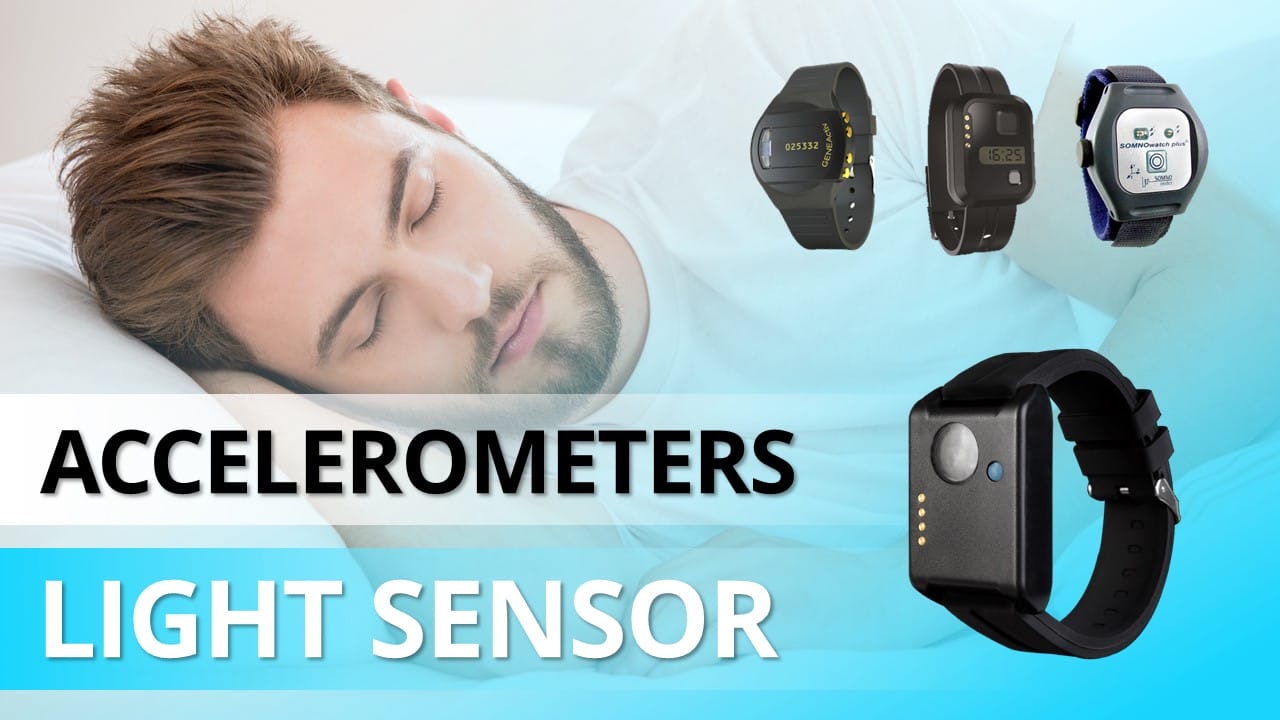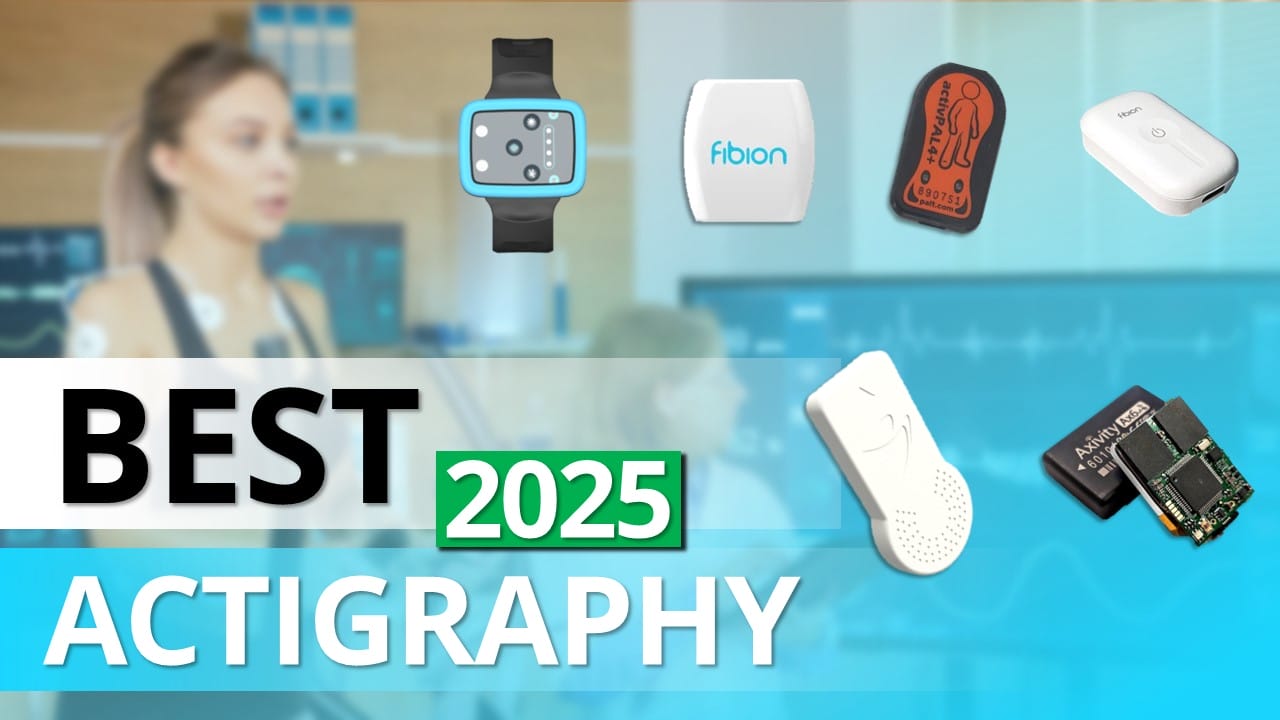Introduction to Accelerometers with Light Sensors in Research
In the ever-evolving field of scientific research, the integration of accelerometers with light sensors has become a pivotal development, enhancing the scope and accuracy of data collection across various studies. These devices are particularly valuable in disciplines such as behavioral science, health monitoring, and environmental studies, where understanding the interplay between physical activity and light exposure can provide deep insights into human and ecological dynamics.
Accelerometers measure motion and orientation, while light sensors capture light intensity and exposure — combining these technologies allows researchers to gather a more holistic view of the subjects’ environmental interactions and behaviors. This dual-function capability is crucial for studies focusing on circadian rhythms, activity patterns, and their effects on health and well-being.
The importance of selecting the right accelerometer with a light sensor cannot be overstated. It ensures the precision of the data collected, which in turn, affects the reliability of research outcomes. This guide aims to help researchers identify the best devices for their specific needs, emphasizing the utility of a comprehensive comparison sheet available for download.
Download the Accelerometer and Light Sensor Research Comparison Sheet

This immediate access to the comparison sheet allows researchers to quickly evaluate various models, simplifying the process of choosing the most suitable accelerometer with a light sensor for their studies.
Key Features of Accelerometers with Light Sensors
When selecting an accelerometer-equipped with a light sensor for research purposes, understanding the key features that contribute to effective data collection is essential. Here are some crucial aspects to consider:
- Precision and Sensitivity: The accuracy of an accelerometer determines how effectively it can detect and measure slight movements. High precision is crucial for capturing detailed activity data. Similarly, the sensitivity of the light sensor is important, as it should accurately record light intensity variations under different environmental conditions.
- Data Integration Capabilities: Modern research often requires the integration of data from multiple sources. Accelerometers with light sensors should have the capability to easily integrate with other data collection tools and software systems, ensuring seamless synchronization and analysis of comprehensive datasets.
- Durability and Battery Life: Research studies can vary in duration and conditions, particularly in field studies. Devices should be durable enough to withstand various environmental factors and have a battery life sufficient to capture extended periods of data without needing frequent recharges.
- User-Friendliness: The ease of use of any research tool is crucial, especially when studies involve multiple participants or long-term data collection. Devices should be intuitive, with minimal setup required, allowing researchers and participants to operate them without extensive training.
- Light Sensor Functionality: The light sensor should not only capture the presence or absence of light but also analyze the spectrum of light, including blue light, which has significant implications for circadian rhythm research. The ability to detect different wavelengths can provide deeper insights into how light exposure affects human behavior and physiological responses.
“Incorporating light sensors with accelerometers opens up new avenues in behavioral research. Personally, I’ve observed that this combination provides a more holistic view of a participant’s environment, significantly enhancing the depth of our data analysis.” – Dr. Olli Tikkanen
Selecting the Right Accelerometer with Light Sensor for Your Research
Choosing the right accelerometer with a light sensor involves more than just understanding its features. It’s about aligning those features with the specific needs of your research. Here are some guidelines to help you make the best choice:
- Assess Your Research Objectives: Start by defining what you need to measure and analyze. Are you studying physical activity patterns, sleep cycles, or the impact of light exposure on circadian rhythms? Understanding your primary research goals will guide you in choosing a sensor with the appropriate features.
- Consider the Study Environment: The environment in which the research will be conducted plays a significant role in selecting the right device. If your study involves outdoor activities, you’ll need a sensor that is not only durable but also capable of functioning accurately in various lighting conditions.
- Evaluate Data Compatibility: Ensure that the accelerometer’s data output is compatible with the analysis tools you plan to use. It’s important that the device can provide data in a format that integrates smoothly with your existing systems to facilitate efficient data analysis.
- Plan for Participant Comfort: Since participants may need to wear these devices for extended periods, consider the comfort and wearability of the accelerometer. A non-intrusive, lightweight design can improve compliance rates and ensure more consistent data collection.
- Budget Constraints: Finally, consider your budget. While the most feature-rich accelerometers might be appealing, they may not be necessary for your specific research needs. Balance the cost with the functionality to find a device that provides the best value for your investment.
By carefully considering these factors, you can select an accelerometer with a light sensor that is well-suited to the demands of your research, ensuring that you collect accurate, reliable data while maintaining participant comfort and staying within budget constraints.
Conclusion
Choosing the right accelerometer with a light sensor is a critical decision for researchers looking to obtain precise and actionable data from their studies on physical activity, sleep, or the effects of light on circadian rhythms. Each feature, from sensor accuracy to light sensitivity and data compatibility, plays a crucial role in determining the success of your research.
We strongly encourage you to make use of the Accelerometer and Light Sensor Research Comparison Sheet provided. This resource is designed to streamline your decision-making process by offering a detailed comparison of the top devices in the market. With this sheet, you can easily assess which accelerometer fits your specific research needs, ensuring that you invest in a tool that enhances the integrity and effectiveness of your study outcomes.
By selecting an appropriately featured accelerometer with a light sensor, you set the foundation for robust research that can lead to significant discoveries and advancements in your field. Remember, the right tools not only simplify data collection but also elevate the quality of the research findings. We hope this guide assists you in making an informed choice that contributes to the success of your scientific endeavors.
Further Reading
For those looking to deepen their understanding of actigraphy and related research technologies, we have curated a selection of articles from our website that explore various aspects of these tools in greater detail. These articles provide further insights into the practical applications and advancements in the field, aiding in the effective use of actigraphy sensors in research.
- Exploring Actigraphy in Scientific Research: A Comprehensive Guide: This guide offers an in-depth look at the fundamentals of actigraphy, detailing its use in sleep and activity monitoring. It’s a great starting point for researchers new to this field or looking to refine their understanding of actigraphic data collection. Read more about actigraphy in scientific research.
- Measuring Physical Activity and Sedentary Behavior with Accelerometers: Dive into the specifics of how accelerometers, integral to actigraphy sensors, are used to measure physical activity levels and sedentary behavior, crucial for comprehensive health studies. Explore accelerometer use in health research.
- Physical Activity and Sedentary Behavior Measurements: This article provides a broader perspective on the methods available for assessing physical activity and inactivity, discussing both the theoretical and practical considerations of these measurements in research. Learn more about physical activity measurements.
You Might Also Be Interested
⭐ Read about Best Actigraphy devices in 2025. Read article here.
👍 Want to test the Fibion SENS system first-hand, and experience how it can simplify your data collection process and provide accurate results about sleep, sedentary behavior, and physical activity?
🔍 Order Fibion SENS Motion 3 Devices Test Package to get first-hand experience of the system. Order now for hands-on experience and comprehensive insights.
📅 Planning research measuring physical activity, sedentary behavior, and sleep? For a chat with our accelerometer and wearable expert, book a session with Dr. Miriam Cabrita.

Frequently asked questions about accelerometers with light sensors:
What are accelerometers with light sensors used for in research? +
Accelerometers with light sensors are used to measure motion, orientation, and light exposure, providing a comprehensive view of physical activity and environmental interactions crucial for studies in behavioral science, health monitoring, and environmental research.
Why is precision important in accelerometers with light sensors? +
Precision in accelerometers ensures the accurate detection and measurement of subtle movements, which is essential for capturing detailed activity data crucial for reliable research outcomes.
How do light sensors enhance the functionality of accelerometers in research? +
Light sensors in accelerometers capture variations in light intensity and exposure, enabling studies on circadian rhythms and the effects of light on physical activities and health, thereby providing deeper insights into human and ecological behaviors.
What should researchers consider when selecting an accelerometer with a light sensor? +
Researchers should consider the precision and sensitivity of the device, its data integration capabilities, durability, battery life, and the specific functionalities of the light sensor to ensure it meets the technical demands of their study.
How does the integration of data from accelerometers and light sensors impact research? +
Integrating data from accelerometers and light sensors allows for a holistic analysis of environmental interactions and behaviors, leading to more comprehensive and reliable research findings.
What are the benefits of using an accelerometer with a light sensor for circadian rhythm research? +
Using an accelerometer with a light sensor for circadian rhythm research allows for the simultaneous measurement of physical activity and light exposure, essential for studying the effects of these factors on human sleep patterns and overall health.

















